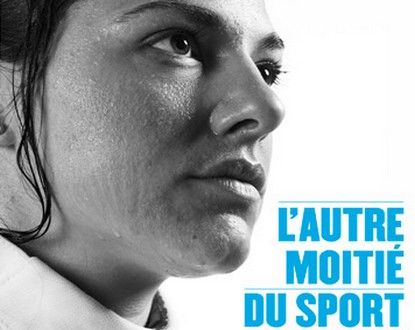French female athletes suffer from inequalities compared to men due to insufficient representation in leadership positions, inadequate media coverage, and consequently, lack of funding. Najat Vallaud-Belkacem, the minister of women’s rights, specified the measures the government is considering to improve this situation.
At the end of June, the minister will present a framework law on women’s rights to the Council of Ministers. If adopted, this text will require the country’s sports federations to ensure gender parity within their governing committees. “We want all sports to find ways to attract as many girls as boys,” the minister explains. “To achieve this, balanced representation in governance bodies is a crucial lever.”
The goal that appears to be appropriate for us is the 2020 Olympic Games. However, we hope that some federations will not wait until then to take action,” she commented.
Already, it is noteworthy that a few disciplines like gymnastics and swimming set an example when it comes to parity.
Within a sports federation, the governing committee plays a key role: It helps elect the president of the respective federation. Here too, the issue of parity arises. For now, few women have accessed such positions. Isabelle Spennato-Lamour, elected in March to head the French Fencing Federation (FFE), is an exception. The wife of Jean-François Lamour is currently the only woman to preside over one of the 31 French sports federations participating in the Olympics.
The promotion of women’s sports also relies, of course, on media coverage. As part of the framework bill, it is planned to “expand the CSA’s powers to ensure that each TV channel respects equity in the images” representing female and male athletes, explains Najat Vallaud-Belkacem.
This competence is not currently within the purview of the Conseil supérieur de l’audiovisuel (CSA).
The government is now awaiting a response from the European Commission to include female soccer and rugby players in the famous TSF decree (trans-border television) dating from 2004. The text, established at the European level, currently includes 28 events, of which 5 are mixed and barely 5 exclusively female.
Finally, to promote female sports participation, the Ministry of Women’s Rights would like each sports federation to submit a “feminization plan” by the end of 2013. In France, only a third of people holding a sports license are women.
Najat Vallaud-Belkacem is considering freezing the funds allocated in the name of sports feminization. “We want to condition these subsidies because some federations receive them while doing nothing,” she concludes.
Between incentives, obligations, and exhortations, women’s sports still have a long way to go…


